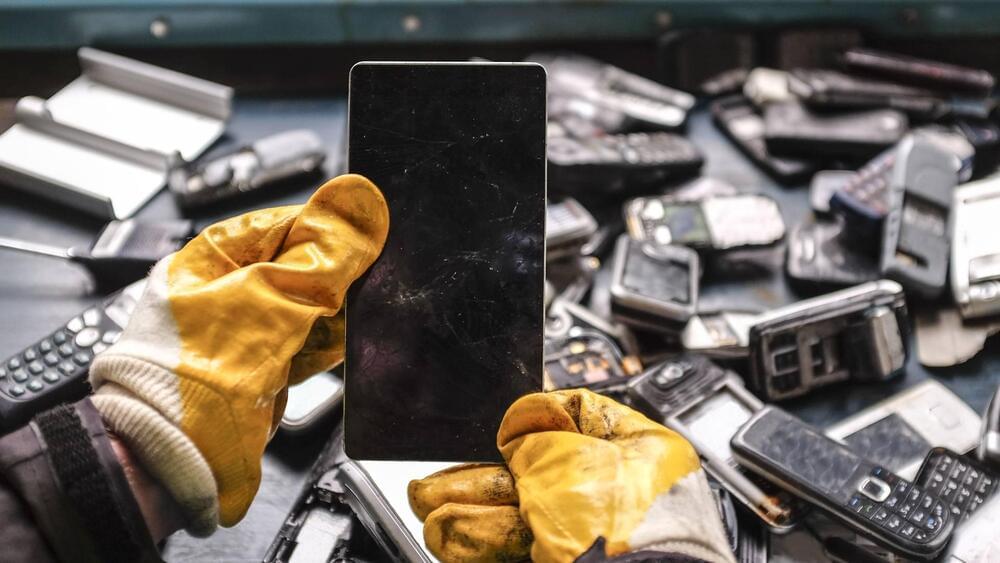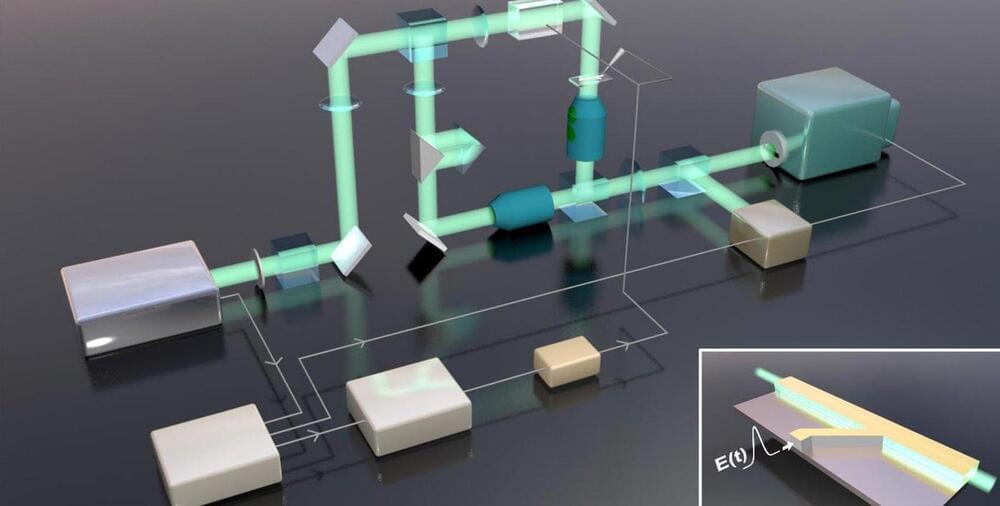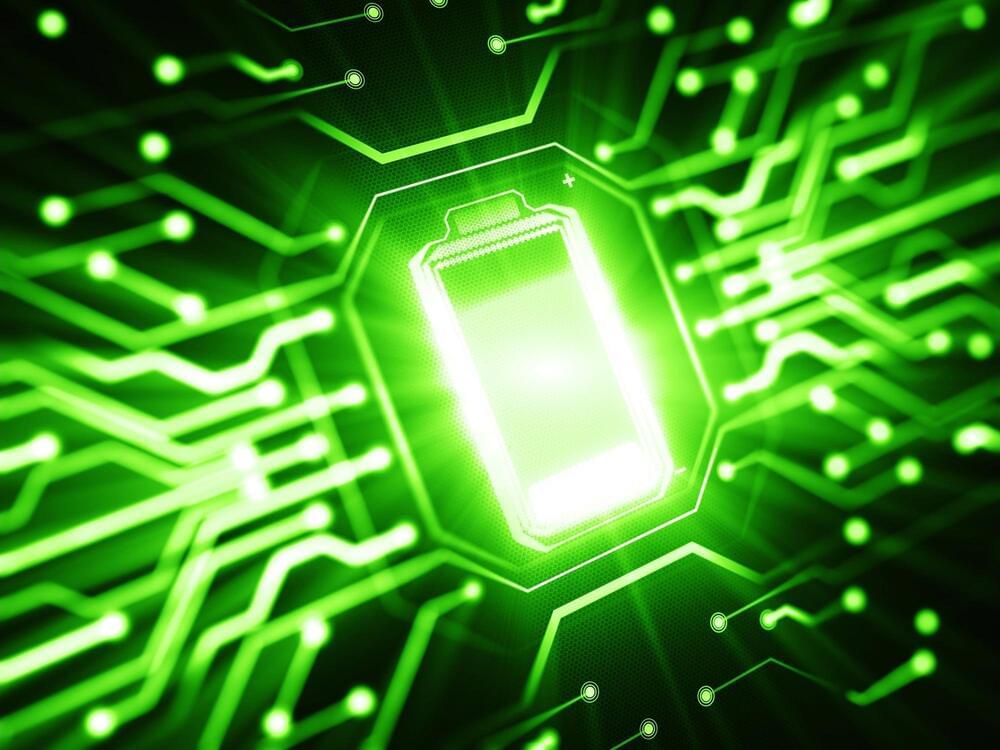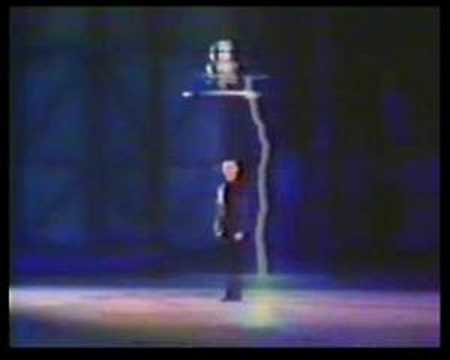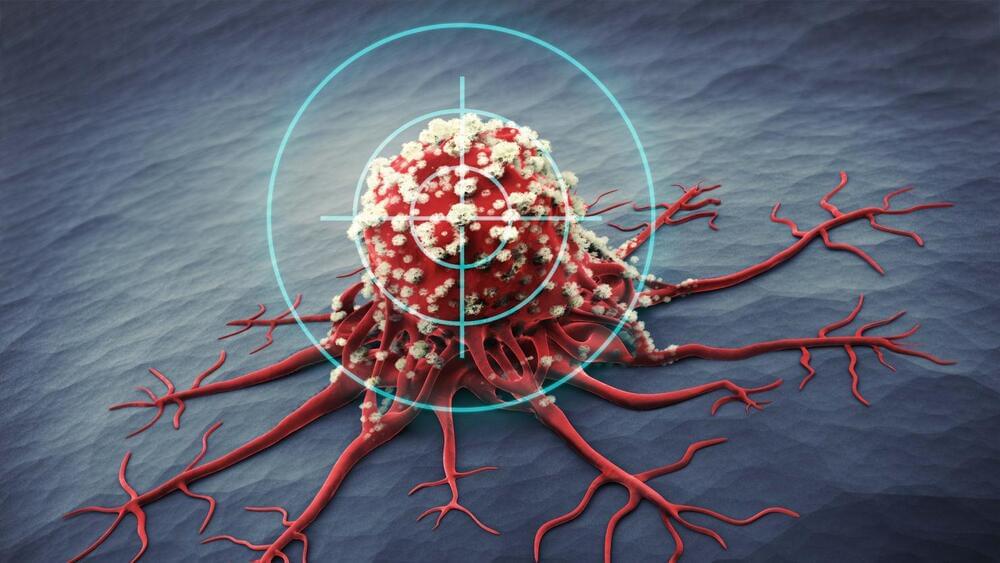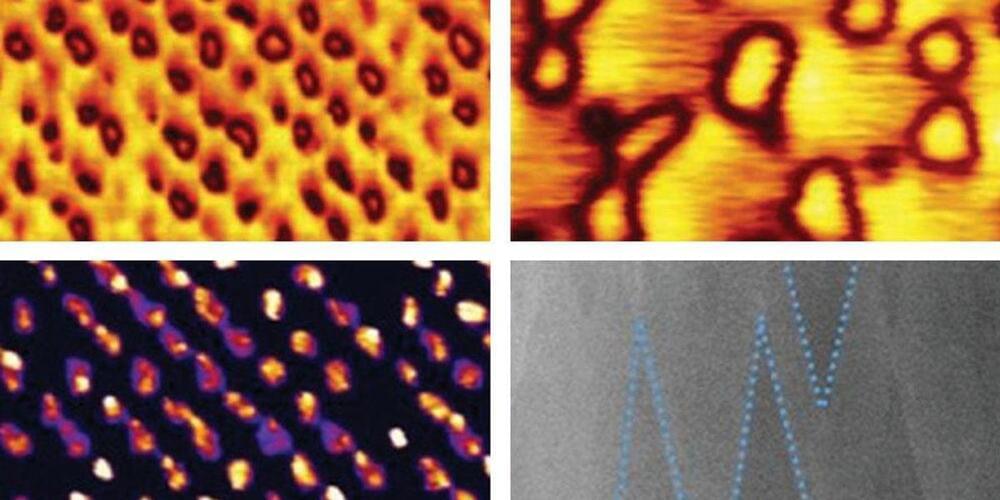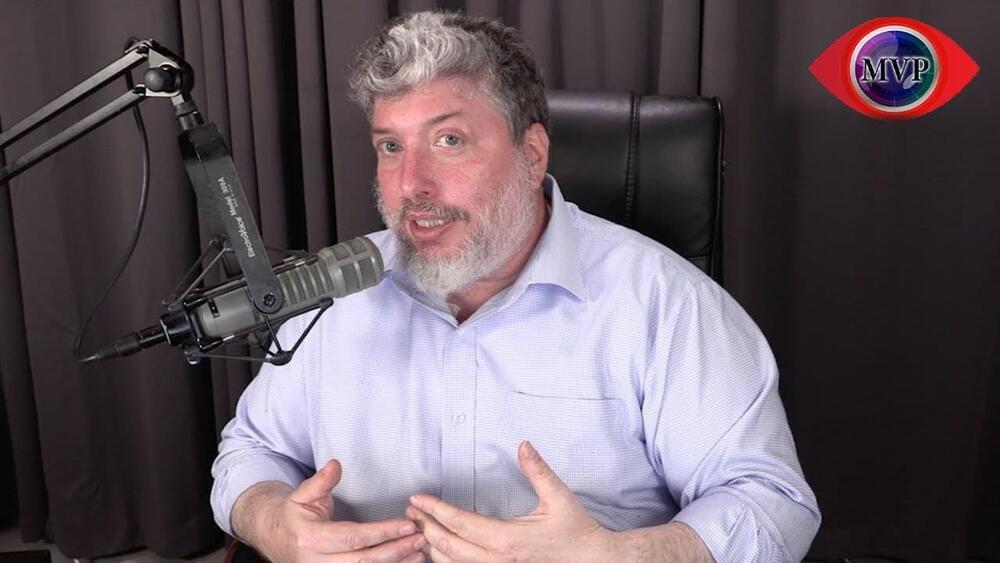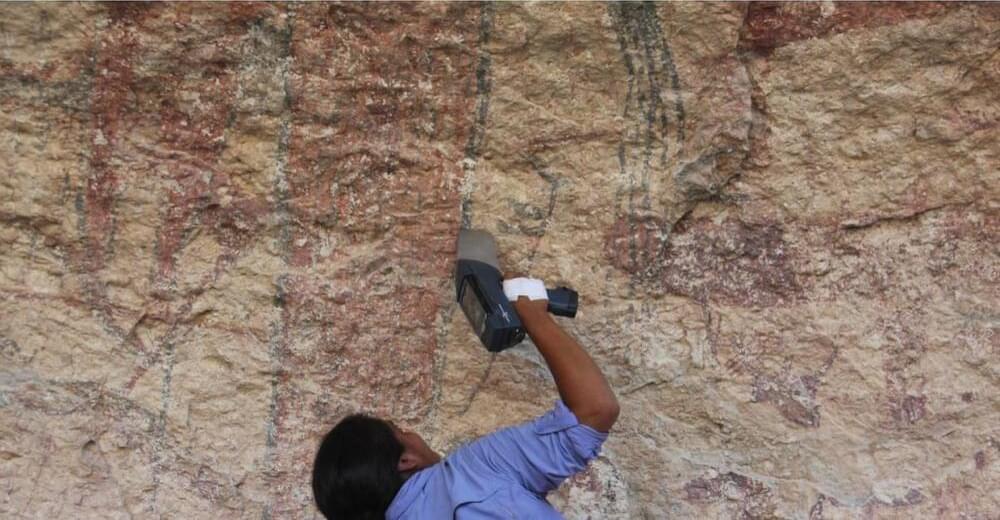Oct 15, 2022
2022 Will See 5.3 Billion Phones Discarded, Experts Warn
Posted by Gemechu Taye in categories: electronics, mobile phones
We have a serious e-waste problem, according to the international waste electrical and electronic equipment (WEEE) forum. This year alone, 5.3 billion mobile phones will go to landfills, the organization told the BBC on Friday.
Precious minerals left to waste
This means that a lot of the precious minerals that cannot be extracted from waste electronics, such as the copper in wire or the cobalt in rechargeable batteries, will have to be mined, a notoriously polluting activity.
